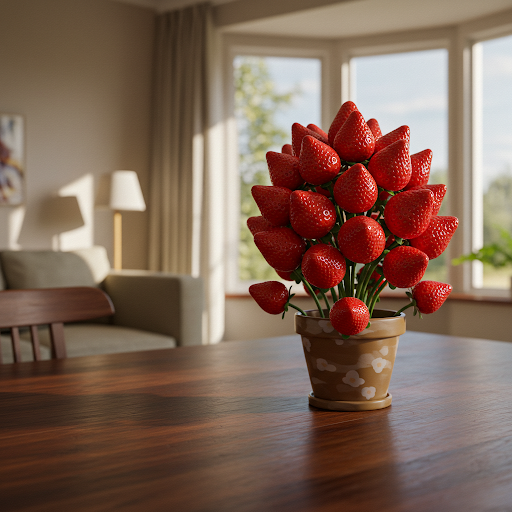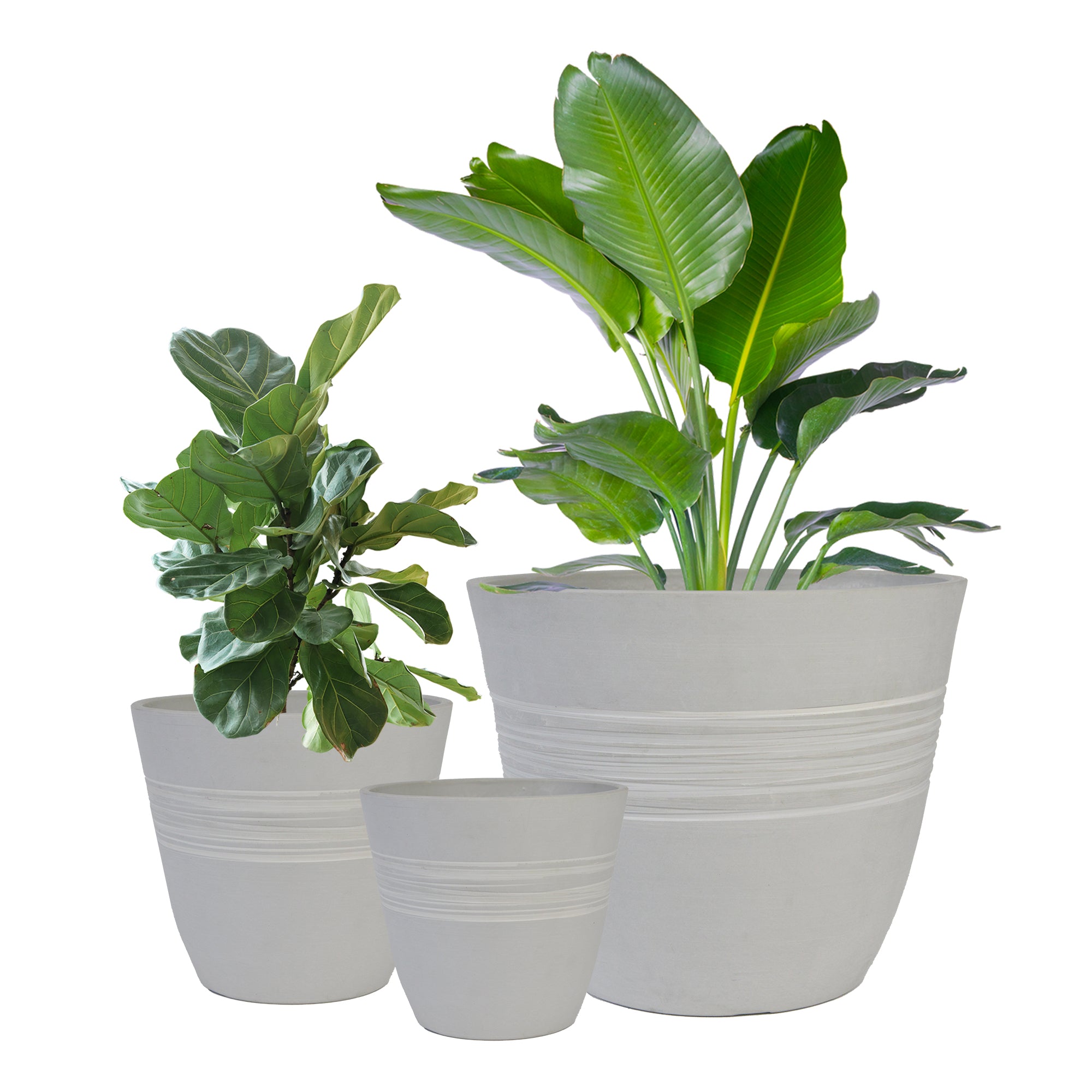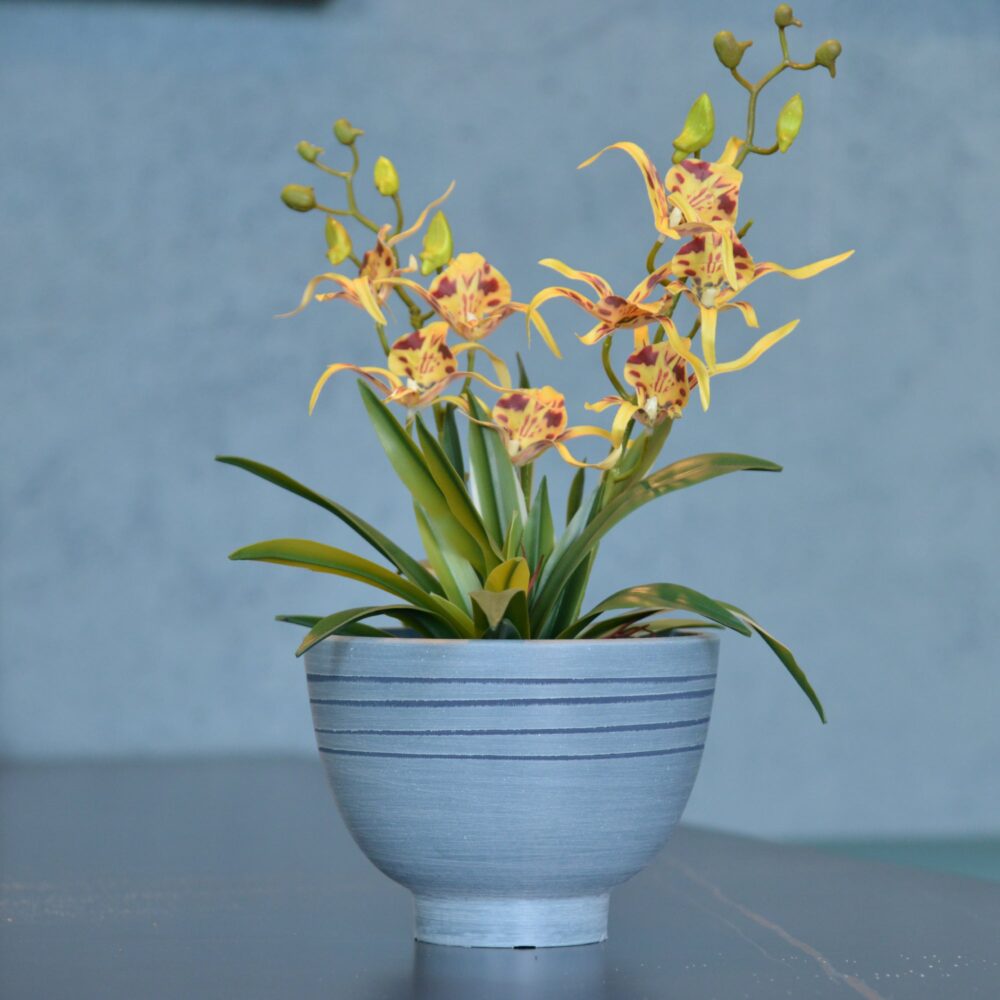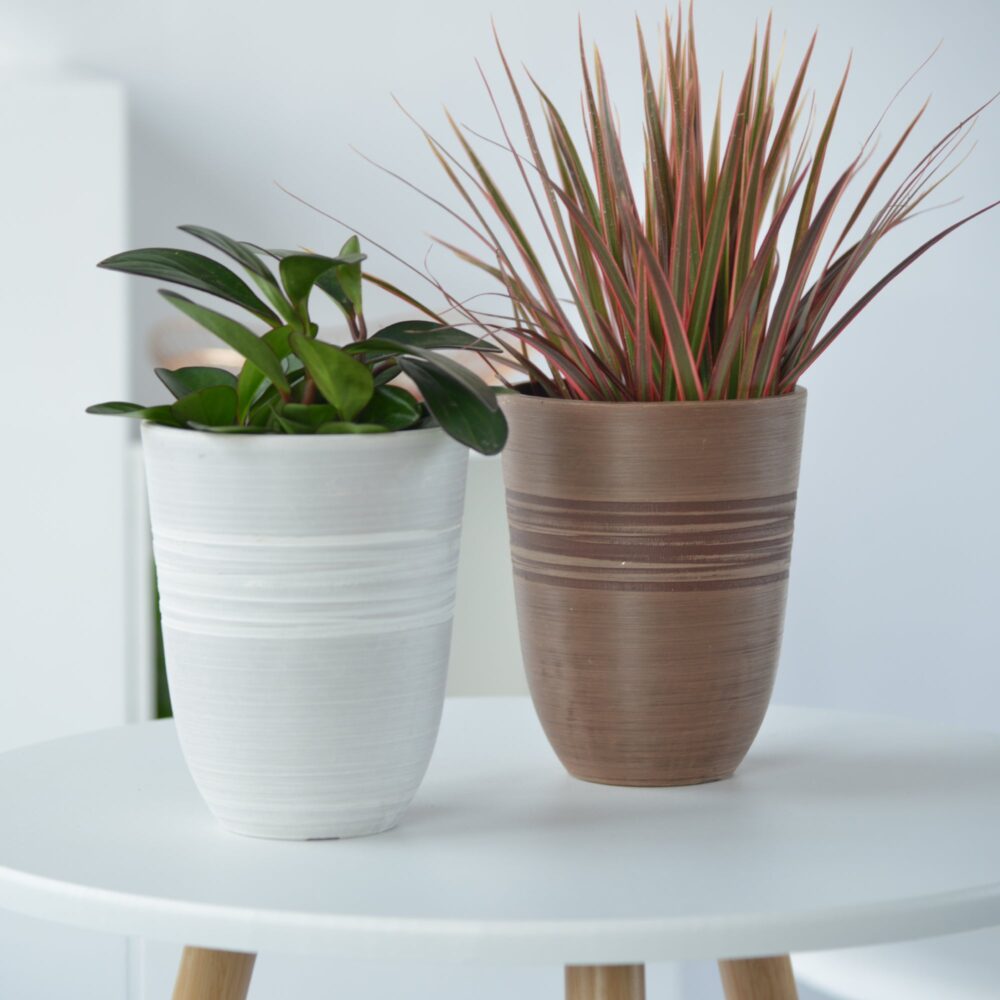Year-Round Strawberry Delight: Grow Your Own Indoors, No Garden Required!
Craving the sweet taste of fresh strawberries all year long? You don’t need a sprawling garden to enjoy these juicy berries. With the right setup and care, you can successfully grow strawberries indoors, bringing a taste of summer to your home no matter the season. Here’s how to achieve your own indoor strawberry patch.

Why Grow Strawberries Indoors?
- Year-Round Harvest: Enjoy fresh strawberries even when it’s cold outside.
- Pest and Disease Control: Indoor growing can minimize exposure to common garden pests and diseases.
- Convenience: Harvest fresh berries right from your windowsill or grow light setup.
- Space-Saving: Perfect for apartment dwellers or those with limited outdoor space.
Choosing the Right Strawberry Varieties:
Not all strawberry varieties are equally suited for indoor growing. Look for everbearing or day-neutralvarieties. These types produce fruit throughout the growing season, unlike June-bearing varieties that have a concentrated harvest period. Some popular choices for indoor growing include:
- Everbearing: Albion, Seascape, Ozark Beauty, Tristar
- Day-Neutral: Chandler, Tribute, Evie-2
Essential Supplies for Your Indoor Strawberry Garden:
- Containers: Choose containers that are at least 6-8 inches deep and wide. Terracotta pots, plastic containers, or even hanging baskets work well, as long as they have drainage holes.
- Potting Mix: Use a high-quality, well-draining potting mix. Avoid using garden soil, as it can compact and retain too much moisture.
- Light Source: Strawberries need at least 6-8 hours of direct sunlight per day. If you don’t have a sunny windowsill, you’ll need to invest in grow lights. LED grow lights are energy-efficient and effective.
- Watering Can or Spray Bottle: For gentle watering.
- Small Brush or Fan: For pollination (if needed).
- Fertilizer: A balanced liquid fertilizer formulated for fruits or vegetables.
Step-by-Step Guide to Growing Strawberries Indoors:
Planting Your Strawberries:
- Fill your containers with potting mix, leaving about an inch of space at the top.
- Gently remove your strawberry plants (bare-root or from nursery pots) and place them in the containers, ensuring the crown (the part where the roots meet the stem) is just above the soil surface.
- Space plants about 6-8 inches apart.
- Water thoroughly after planting.
Providing Adequate Light:
- Natural Sunlight: Place your containers on a south-facing windowsill that receives at least 6-8 hours of direct sunlight daily. Rotate the pots regularly to ensure even light exposure.
- Grow Lights: If using grow lights, position them about 12-18 inches above the plants and keep them on for 10-12 hours per day. Use a timer for consistency.
Watering Properly:
- Water your strawberry plants when the top inch of soil feels dry to the touch.
- Water thoroughly until water drains from the bottom of the pot.
- Avoid overwatering, which can lead to root rot.
- Consider using a self-watering container or a watering globe for consistent moisture.
Maintaining the Right Temperature:
- Strawberries thrive in temperatures between 60-80°F (15-27°C).
- Avoid placing your plants near drafts or extreme temperature fluctuations.
Pollinating Your Plants:
- Strawberries need pollination to produce fruit. Outdoors, this is usually done by bees and other insects. Indoors, you’ll need to assist with pollination.
- Hand-Pollination: Use a small, soft brush (like a paintbrush) to gently transfer pollen from one blossom to another. Do this every few days when the plants are flowering.
- Fan Assistance: A gentle breeze from a small fan directed towards your plants can also help distribute pollen.
Fertilizing Regularly:
- Once your plants start to establish and produce new growth, begin fertilizing every 2-4 weeks with a balanced liquid fertilizer diluted to half strength.
- Follow the instructions on your fertilizer packaging.
Pruning and Training:
- Remove any dead or yellowing leaves.
- Strawberry plants produce runners (stems that grow horizontally). You can either allow these to root in new containers to propagate more plants or snip them off to encourage more energy to go into fruit production.
Harvesting Your Strawberries:
- Strawberries are typically ready to harvest when they are fully red and slightly soft to the touch.
- Gently twist or snip the berries from the plant.

Tips for Success with Indoor Strawberries:
- Start with Healthy Plants: Purchase healthy starter plants from a reputable nursery or garden center.
- Provide Good Air Circulation: Ensure adequate airflow around your plants to prevent fungal diseases.
- Watch for Pests: While less common indoors, keep an eye out for pests like spider mites or aphids and address them promptly with insecticidal soap or other appropriate methods.
- Be Patient: It may take some time for your plants to establish and start producing a significant harvest.
Conclusion:
Growing strawberries indoors year-round is a rewarding endeavor that allows you to enjoy the sweet taste of summer whenever you desire. By providing the right light, water, nutrients, and a little bit of care, you can successfully cultivate your own indoor strawberry patch and savor the fruits of your labor. So, get started and enjoy fresh, homegrown strawberries all year long!
20VD
By greenship|2024-08-13T06:43:41+00:00August 13, 2024|Categories: Hand-carving Series|
Plant Pots 6 inch 8 inch 12 inch for Indoor Outdoor Plants, Set of 3 Modern Decorative Planter with Drainage Hole, Decorative Flower Pots
By greenship-seo|2025-04-10T06:38:40+00:00January 16, 2025|Categories: Hand-carving Series|Tags: Decorative Flower Pots|
20T
By greenship|2024-08-13T06:42:22+00:00August 13, 2024|Categories: Hand-carving Series|
KC2-11V
By greenship|2024-08-16T05:39:50+00:00August 16, 2024|Categories: Hand-carving Series|
8 inch/10 inch Planter Indoor Plants, 2 Pack Modern Decorative Plant Pots with Drainage Hole, Cute Bowl Shape Flower Pots
By greenship-seo|2025-04-10T08:03:42+00:00January 9, 2025|Categories: Hand-carving Series|Tags: Decorative Flower Pots, Self-Watering Pots|
Plant Pots 6 inch 8 inch 10 inch for Indoor Plants, Set of 3 Modern Decorative Planter ts with Drainage Hole, Decorative Flower Pots
By greenship-seo|2025-04-10T06:39:28+00:00January 14, 2025|Categories: Hand-carving Series|Tags: Decorative Flower Pots|






